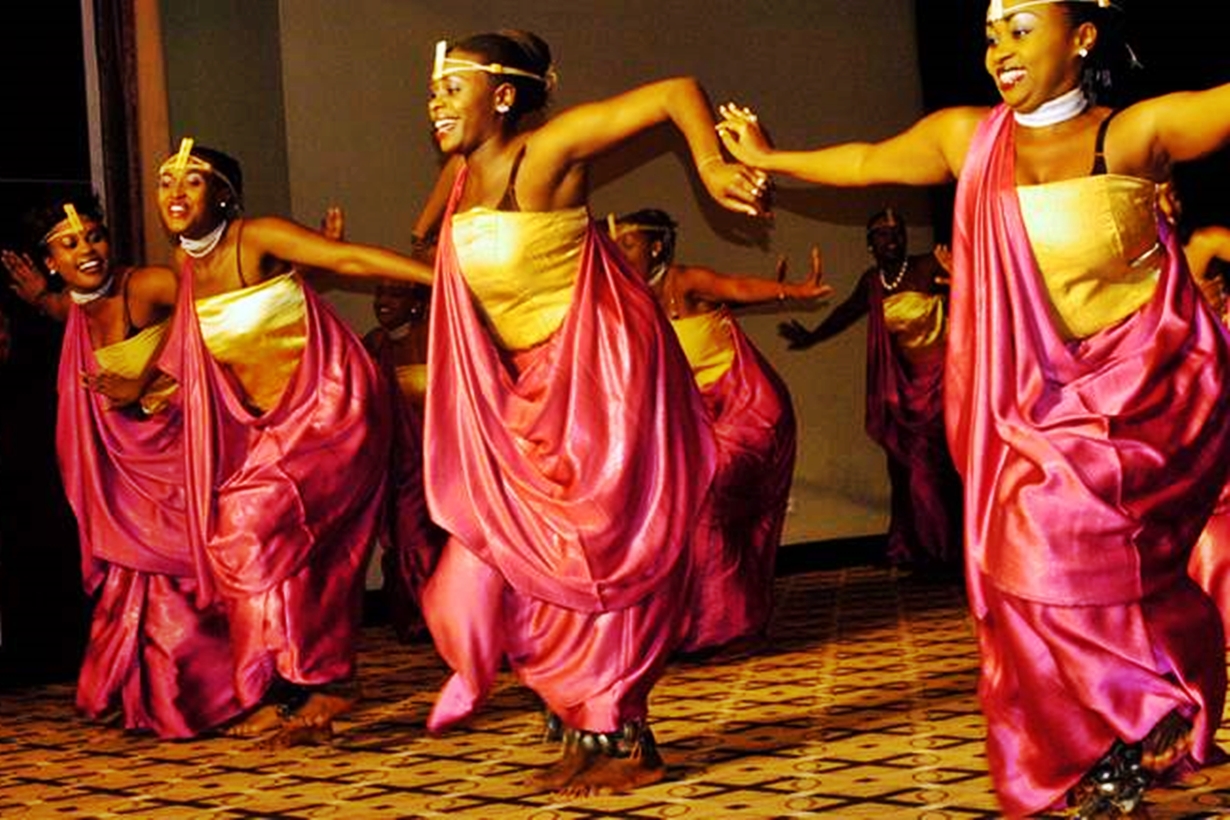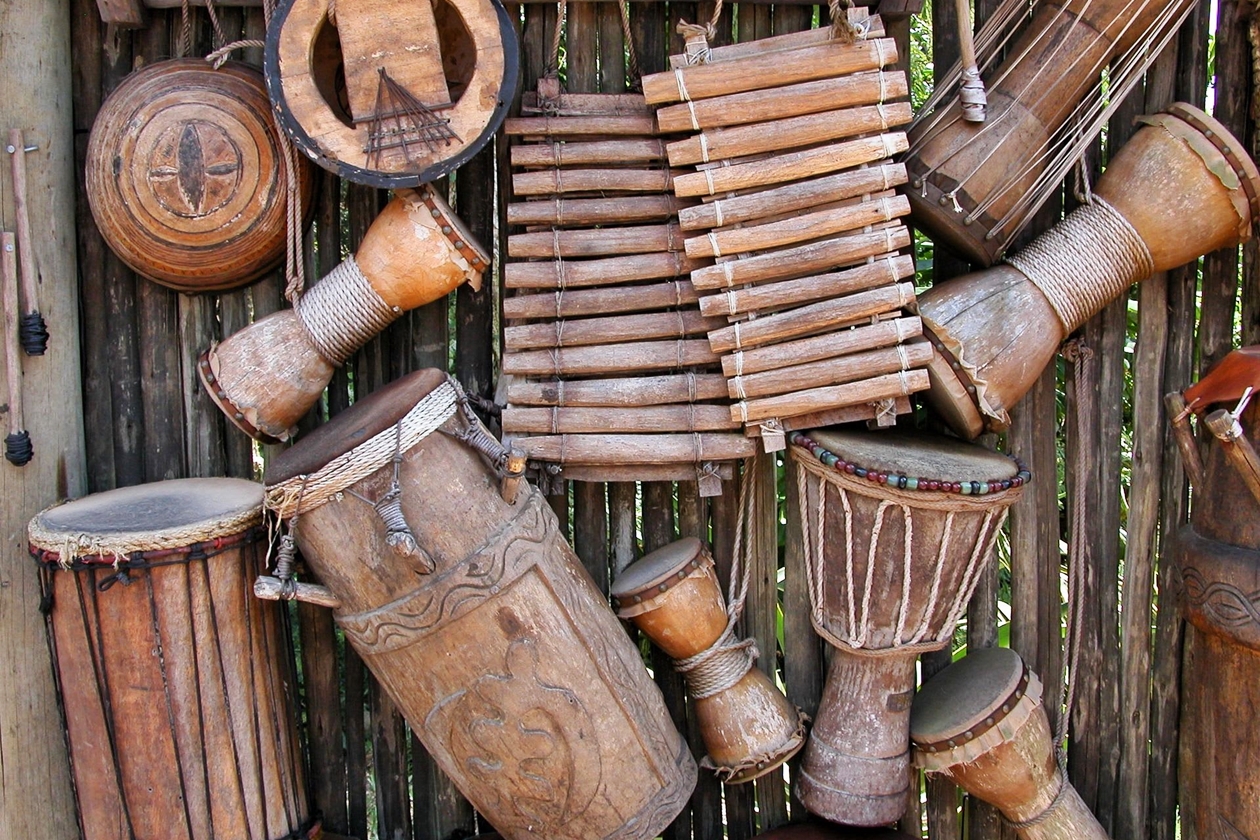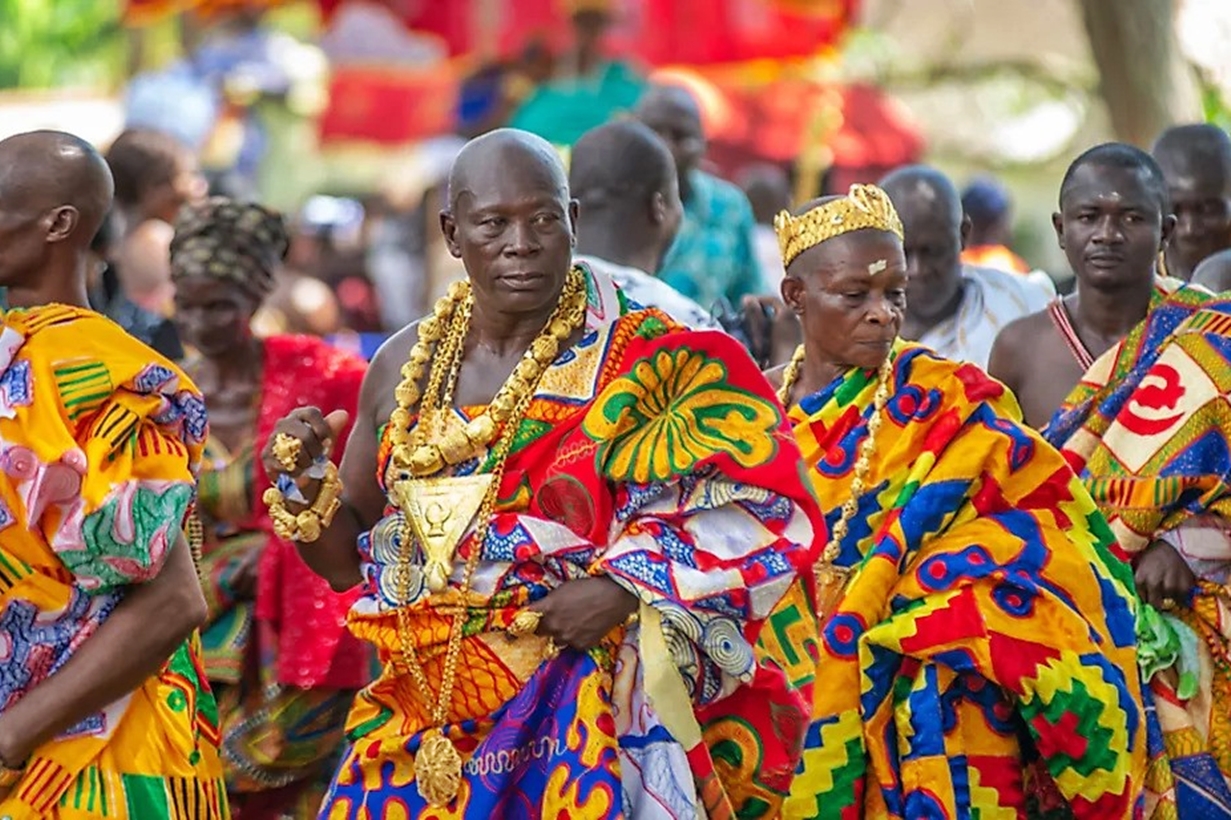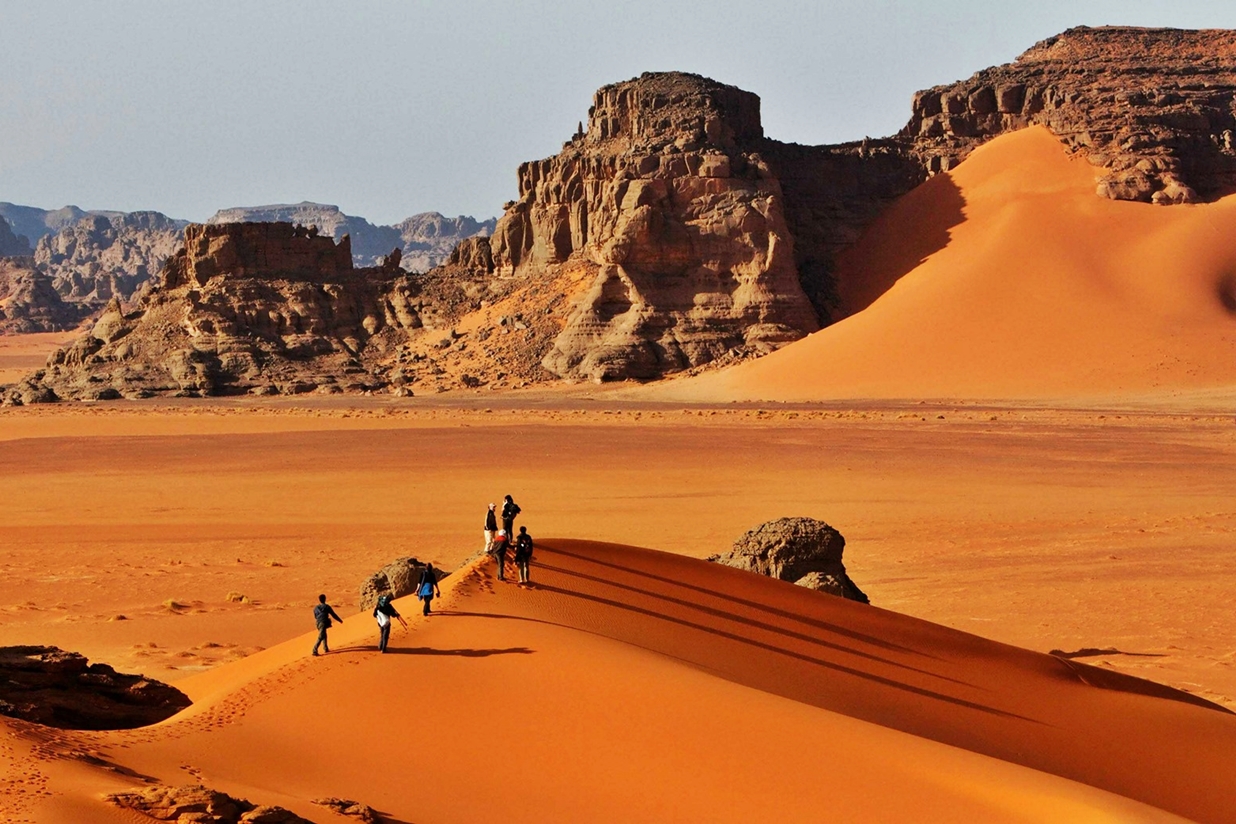Exploring the Thrilling World of African Dance

Dancers perform in Unganisha ( Photo: Kennedy Center )
Hey there, dance enthusiasts and rhythm rebels! Get ready to shimmy, shake, and groove your way through an electrifying journey into the heart and soul of African dance. From the pulsating beats of the djembe to the graceful movements of traditional dances, prepare to be captivated by the vibrant tapestry of movement and expression that defines the rich cultural heritage of the African continent. Let's dive in and discover the magic of African dance like never before!
The Beat of Africa: A Melodic Tapestry of Movement
African dance is more than just movement; it's a celebration of life, community, and cultural identity. With roots deeply entrenched in tradition and history, each dance tells a story, preserves a legacy, and honors the rhythms of the land. From the spirited dances of West Africa to the elegant movements of East Africa, let's explore the diverse and dynamic world of African dance.
1. West African Rhythms
West Africa is a hotbed of rhythmic energy, where dance is an integral part of daily life and social gatherings. From the energetic beats of the djembe to the hypnotic movements of traditional dances like the Kpanlogo and Sabar, West African dance is a feast for the senses.
Key Features:
- High Energy: West African dances are known for their high-energy movements and infectious rhythms that get participants and spectators alike on their feet.
- Community Connection: Dance in West Africa is often a communal experience, with people coming together to celebrate, communicate, and connect with one another through movement.
2. East African Elegance
East Africa boasts a rich tapestry of dance traditions, with each region offering its own unique style and flair. From the graceful movements of Goma dancers in Tanzania to the rhythmic footwork of Isicathamiya performers in South Africa, East African dance is a testament to the beauty and diversity of the continent.
Key Features:
- Fluidity of Movement: East African dances are characterized by their fluid and graceful movements, which often mimic the natural rhythms of the surrounding environment.
- Storytelling: Many East African dances are rooted in storytelling, with performers using movement to convey narratives, legends, and historical events.
3. Central African Spirit
Central Africa is a melting pot of dance styles and traditions, where movement is deeply intertwined with spirituality, ritual, and cultural expression. From the vibrant Makossa dances of Cameroon to the trance-inducing Ndombolo rhythms of Congo, Central African dance is a visceral experience that transports participants to another realm.
Key Features:
- Spiritual Significance: Dance in Central Africa often holds deep spiritual significance, with movements serving as a form of worship, healing, and connection to the divine.
- Expressive Gestures: Central African dances are characterized by their expressive gestures, which convey a range of emotions, from joy and celebration to sorrow and lamentation.
FAQs: Dancing Delights
Q: What are some common dance instruments used in African dance?
A: African dance is often accompanied by a variety of traditional instruments, including drums (such as the djembe and talking drum), rattles, bells, and xylophones.
Q: Are there any specific costumes or attire associated with African dance?
A: Yes! African dance costumes vary depending on the region and cultural tradition but often include colorful fabrics, intricate beadwork, and symbolic accessories that reflect the cultural identity and heritage of the dancers.
Q: Can anyone participate in African dance, regardless of experience?
A: Absolutely! African dance is inclusive and welcoming to people of all ages, backgrounds, and skill levels. Whether you're a seasoned dancer or a novice, there's always room on the dance floor for you to join in the celebration.
Conclusion: Dance to the Rhythm of Africa
As you immerse yourself in the exhilarating world of African dance, let the pulsating rhythms, expressive movements, and rich cultural heritage ignite your spirit and awaken your senses. Whether you're swaying to the beats of West Africa, gliding gracefully through the dances of East Africa, or surrendering to the spiritual trance of Central Africa, one thing is for sure: the rhythm of Africa will captivate your heart and soul. So, dust off your dancing shoes, let go of inhibitions, and embark on a rhythmic journey that will leave you breathless, inspired, and utterly entranced. Let's dance to the heartbeat of Africa!








